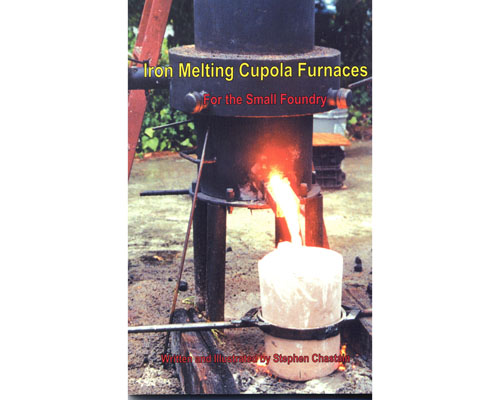Foundry: Difference between revisions
Jump to navigation
Jump to search
| Line 6: | Line 6: | ||
*From [http://answers.yahoo.com/question/index?qid=20070329141828AAaJfps]: | *From [http://answers.yahoo.com/question/index?qid=20070329141828AAaJfps]: | ||
**Seel is iron and up to 2.0% carbon without any other alloying elements | **Seel is iron and up to 2.0% carbon without any other alloying elements | ||
**Above 2.0% C we are dealing with cast iron | **Above 2.0% C we are dealing with cast iron. Cast iron tends to be brittle, unless it is ductile cast iron. | ||
**The steel melting point varies between 1540°C and 1400°C, gradually declining with increasing carbon content. | **The steel melting point varies between 1540°C and 1400°C, gradually declining with increasing carbon content. | ||
* | * | ||
Revision as of 16:15, 17 January 2009
Introduction
- Steel melts at around 2500F, 1350C, or slightly below iron
- Iron melting point - 1540C, 1811K, 2800F
- Cast iron melting point - 1150-1200C, about 300C lower than pure iron
- From [1]:
- Seel is iron and up to 2.0% carbon without any other alloying elements
- Above 2.0% C we are dealing with cast iron. Cast iron tends to be brittle, unless it is ductile cast iron.
- The steel melting point varies between 1540°C and 1400°C, gradually declining with increasing carbon content.
Foundries
- College foundry, 100 lb steel or iron, 100 kW induction furnace - [2]
- 200 lb dipout furnace for sale - [3]
- 3000F furnace, 750 lb per hour after first heat - electric with 2 electrodes - [4]
- Arc furnace, 175kW, 700 lb/hour - [5]
- Induction Furnace - 40 kW - http://www.ufes.com/index.php?n=Foundry.InductothermInductionFurnaceModel40-96
- ARC, 53kW, 560 lb - [6]
- Induction 4000 lb for 100kW, or 1000 lb for 25 kW? - [7]
Plans
- Plans for a 330 lb/hour iron melting foundry - [8]:
Books
- Google Book, Maximum Production in Machine-shop and Foundry - 150 lb shots in 1911 foundry took 3.5 hours - with noted low production - [9]
